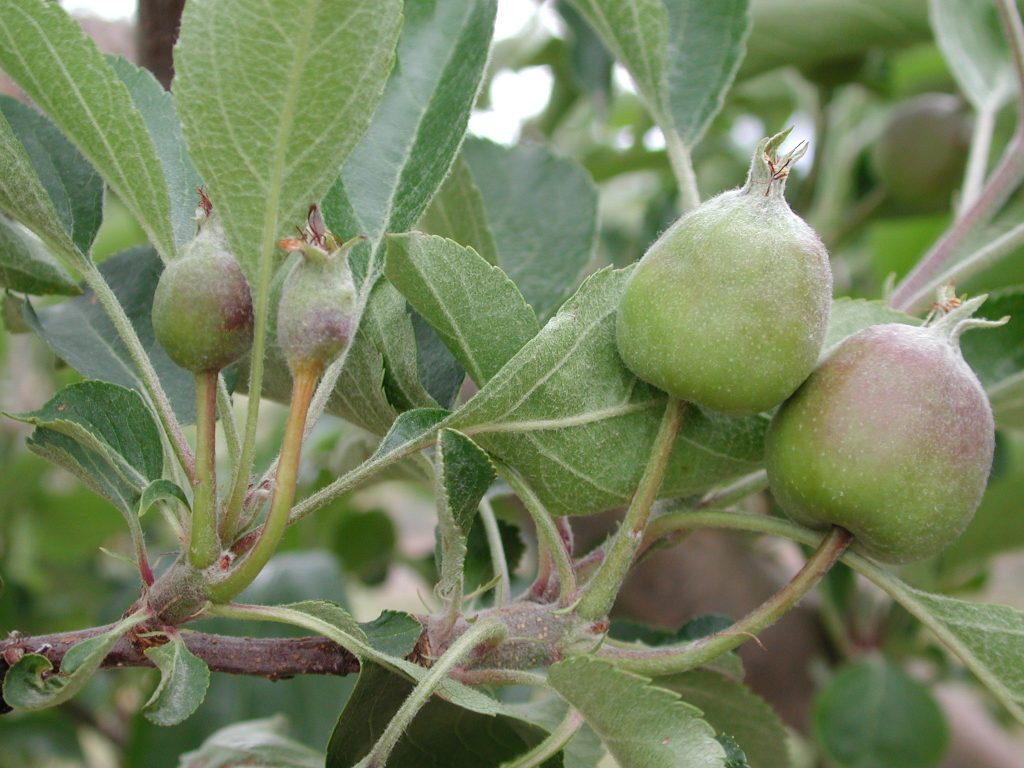Apple Thinning: Getting It Right This Year
Collected here is a summary of many articles I have written, and other articles authored by researchers from other universities on thinning. Each subsection has a couple of articles on the different aspect of thinning such as how to determine crop load, bloom thinning, models, and chemical thinning products.

I also want to clarify the use of the models we have available for apple thinning. We currently have three models we use for thinning: Pollen Tube Model, Cornell Carbohydrate Model, and the Fruitlet Growth Model. The first two models are available through NEWA under the crop management tab. There is also the MaluSim app which is a tool that includes the Cornell Carbohydrate Model, the Fruitlet Growth Model, and apple carbohydrate model and can be used on your phone, tablet, or computer. Finally, you can also access the original excel spreadsheet version of the Fruitlet Growth Model from here by clicking on the Predicting Fruitset 2014 link. There is also additional information on how to use the excel file here.
How to determine optimal fruit load for your apple trees
- First steps in precision apple thinning (page 8)- Intro to the carbohydrate and fruitlet growth model.
- Calculating target crop load
- Crop load Guide for Young Apple trees
Bloom thinning
How to run the Cornell Carbohydrate Model or MaluSim from NEWA
- Running the Model– Basic concepts and inputs
- How to use Malusim App– John Clements UMass
- Penn State step by step model input and output
- Latest updates to Cornell Carbohydrate Model (2021)
Fruitlet Growth Model
- How to use the Fruitlet Growth Model with MaluSim
- Comparing MaluSim and MSU Excel Spread Sheet for Fruitlet Growth Model
Chemical Thinning products and recommendations
- Thinning recommendation UW Madison- Audio
- Thinning Apples Chemically UMass
- Apple Chemical Thinning WSU
- Apple Crop Load Management: Chemical Thinning PennState

